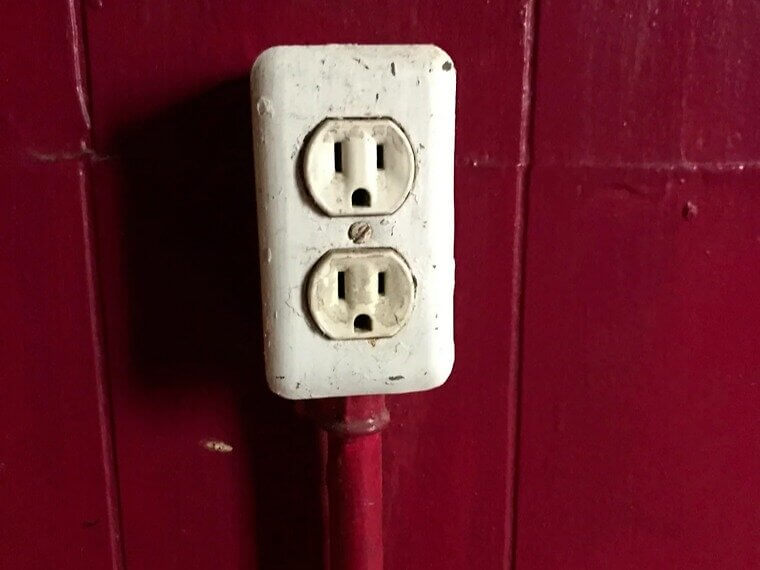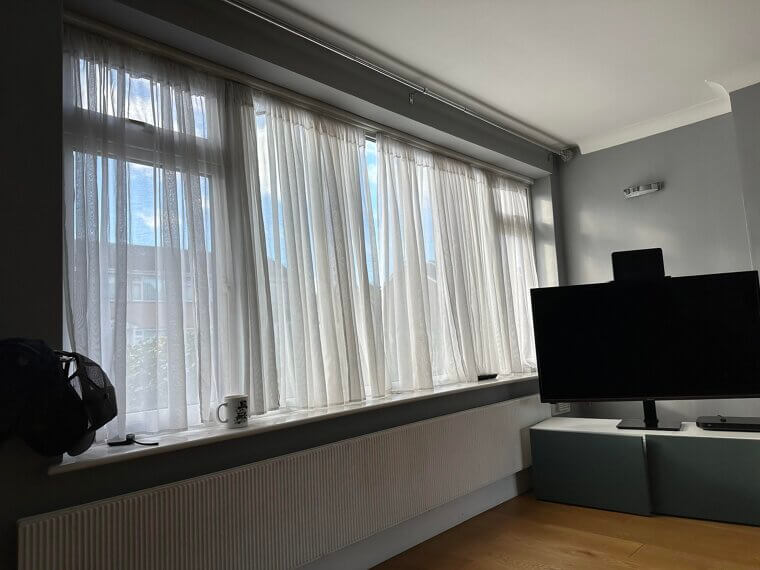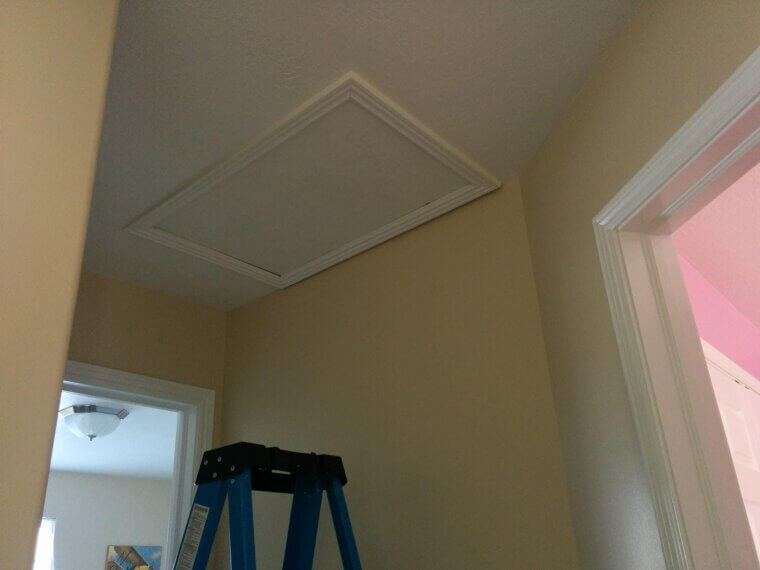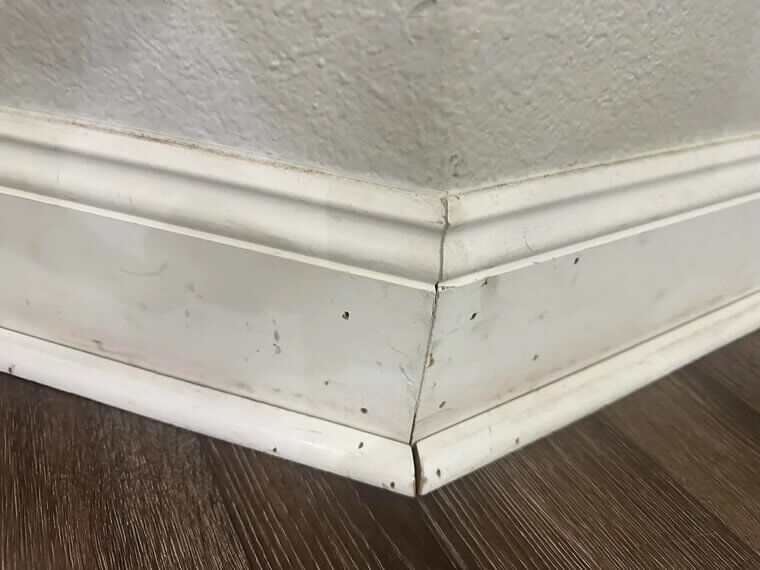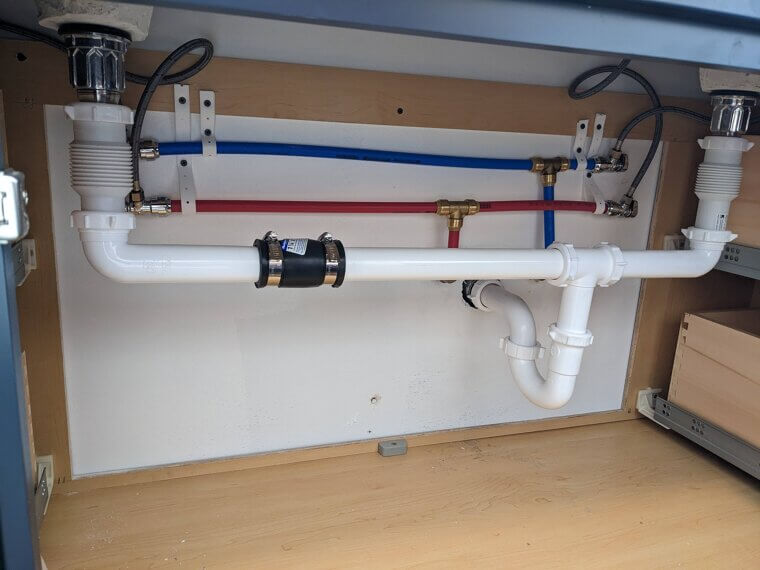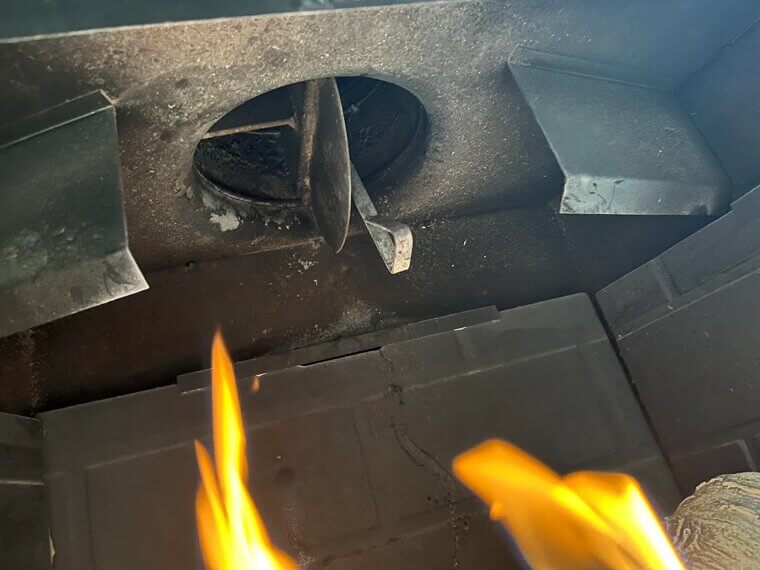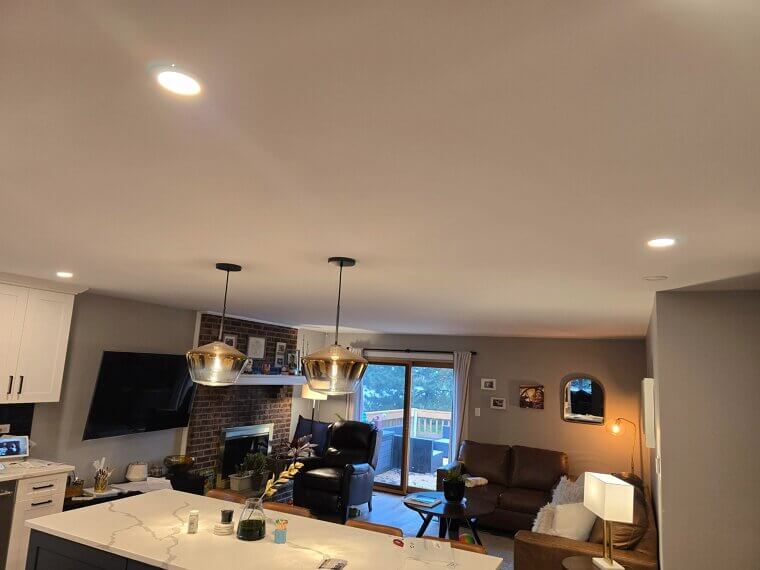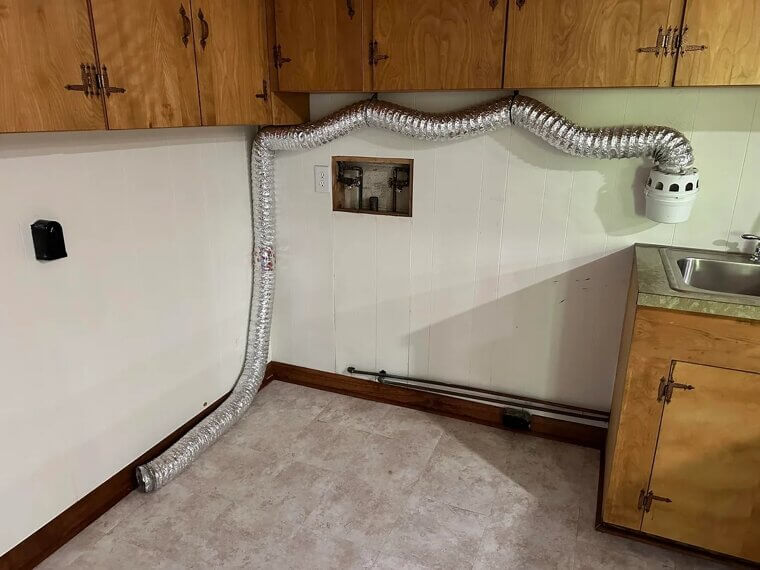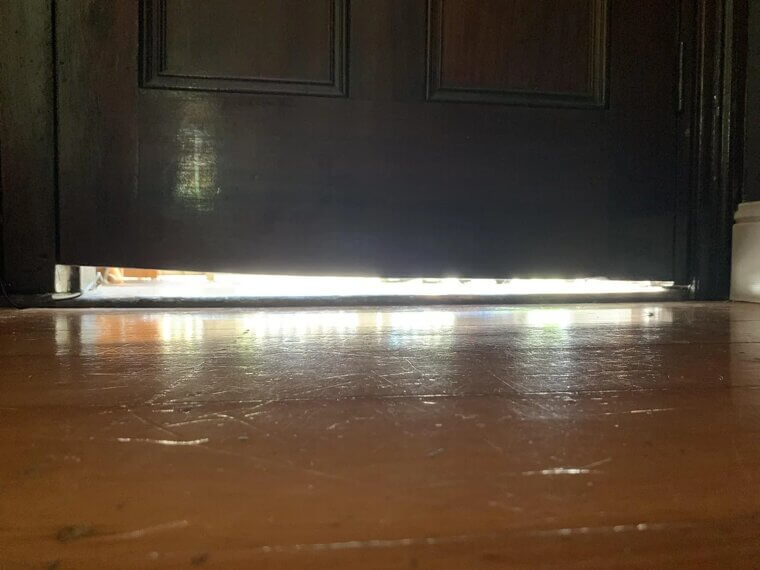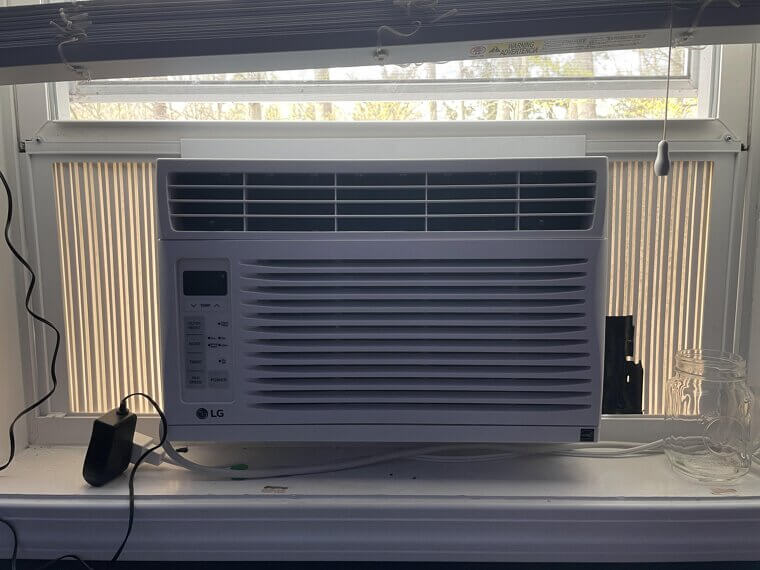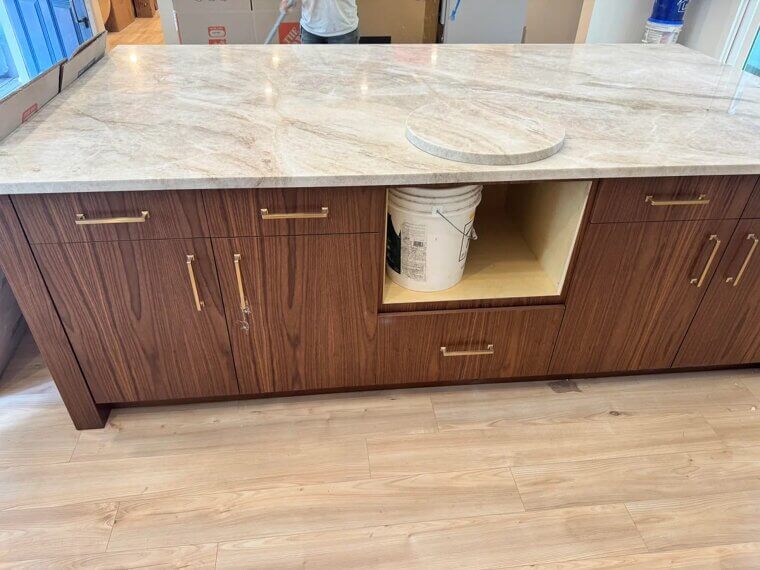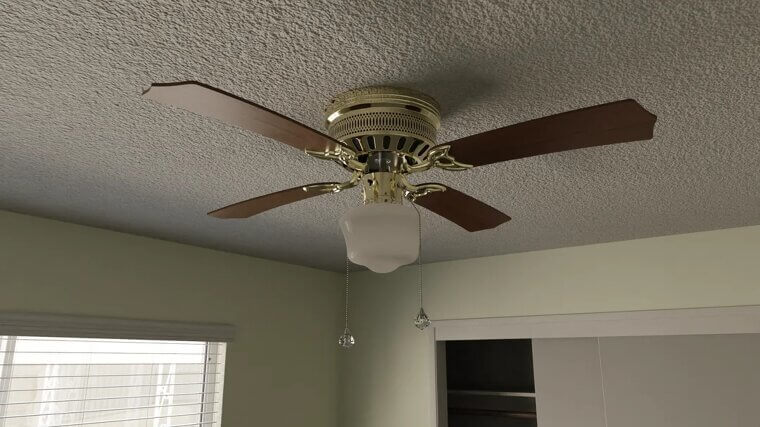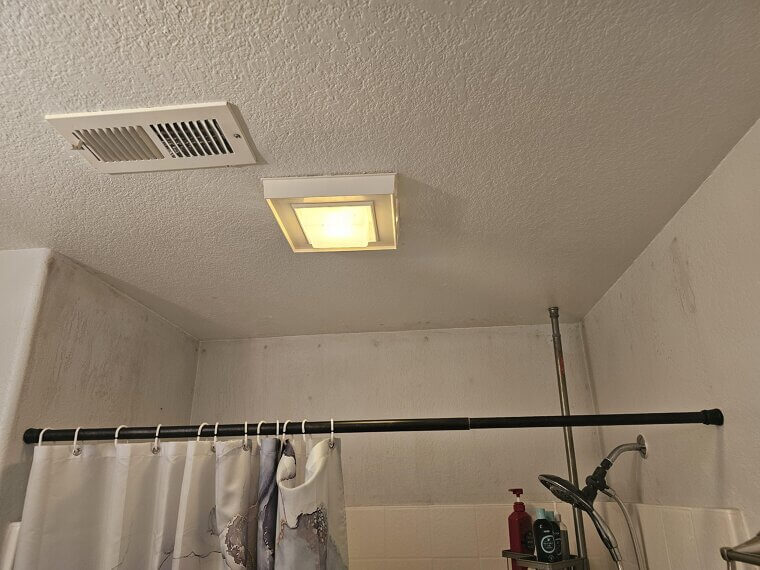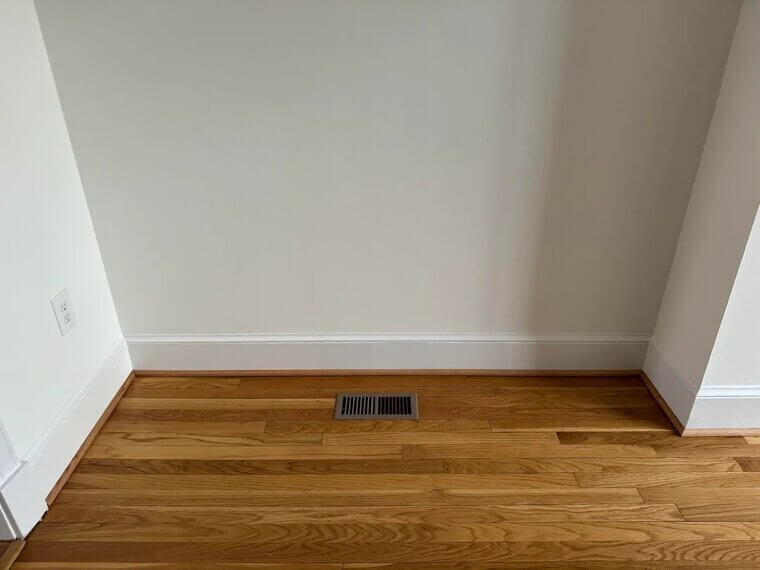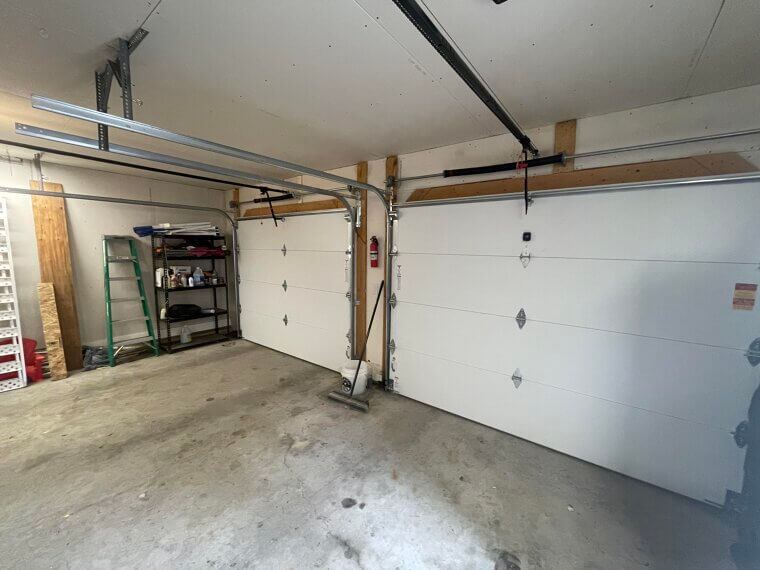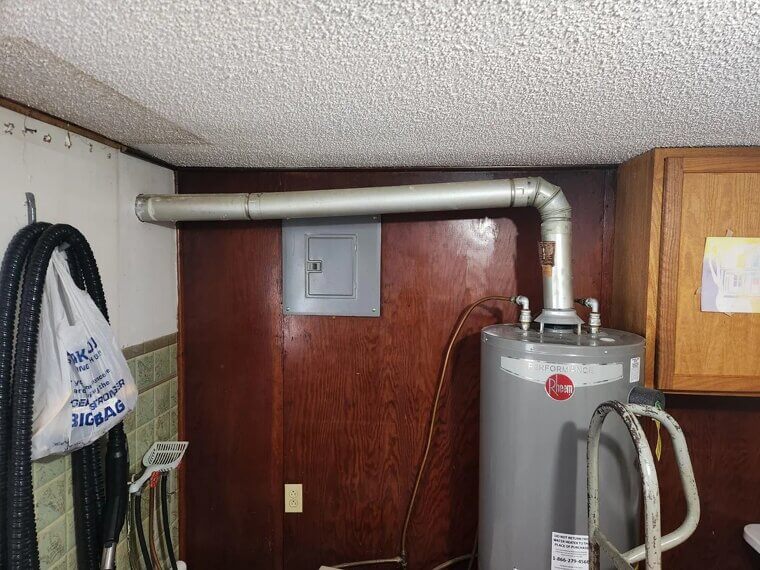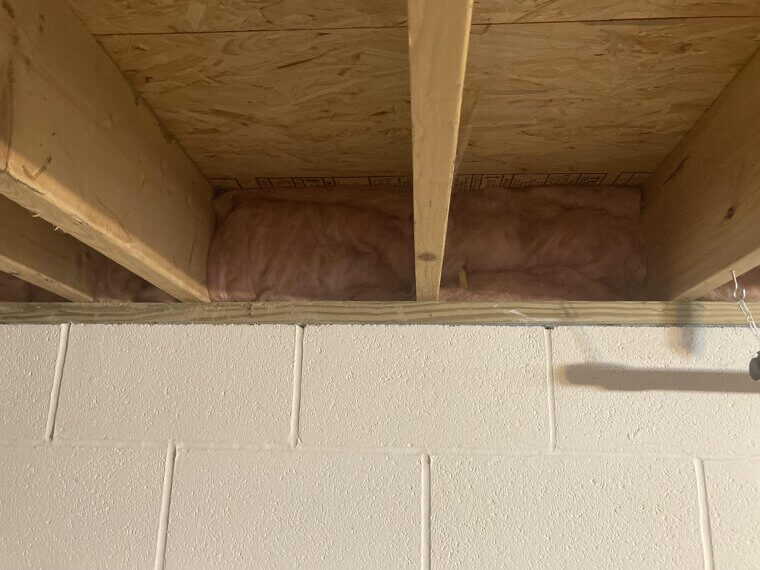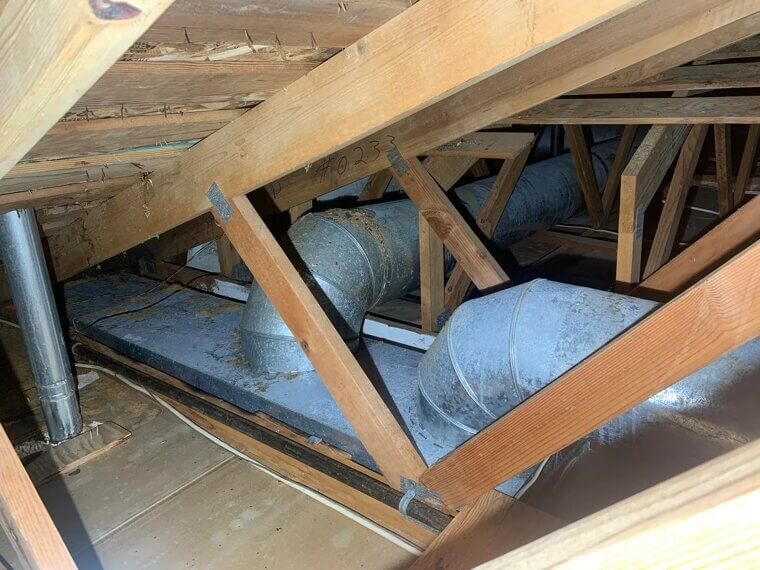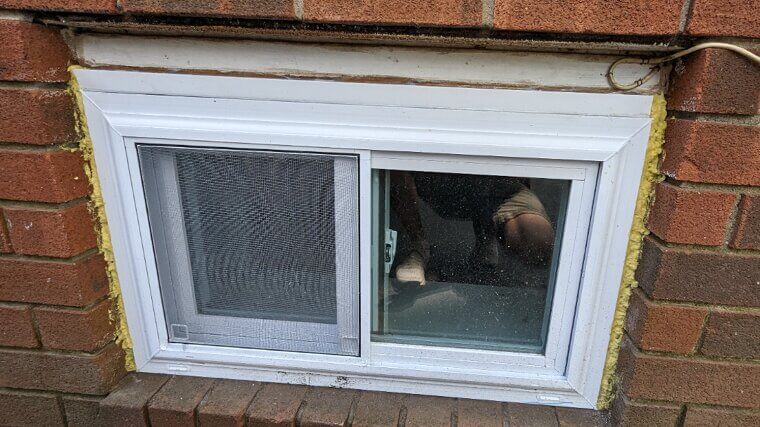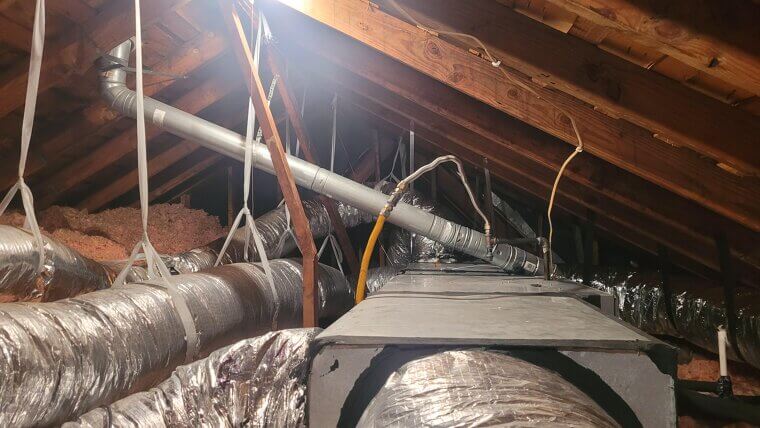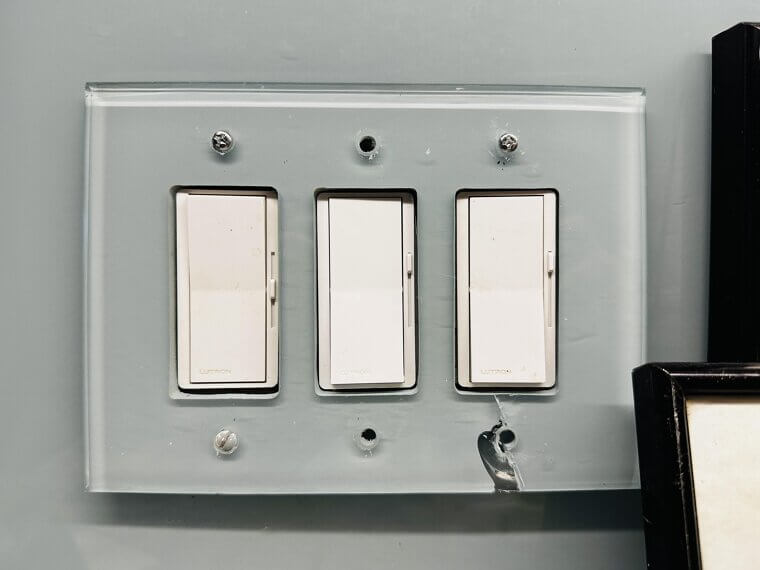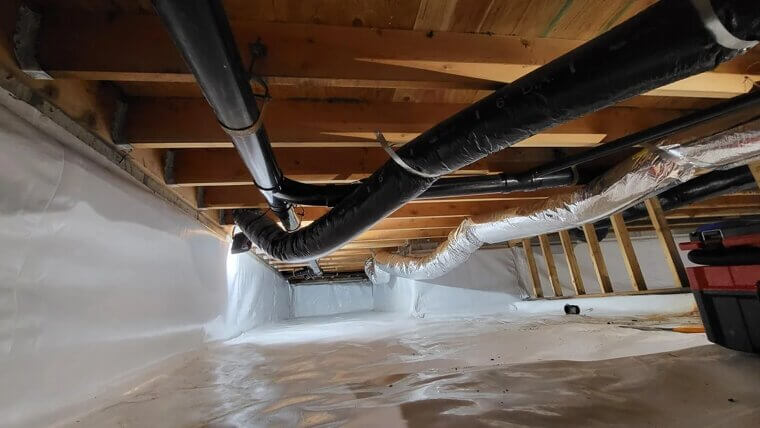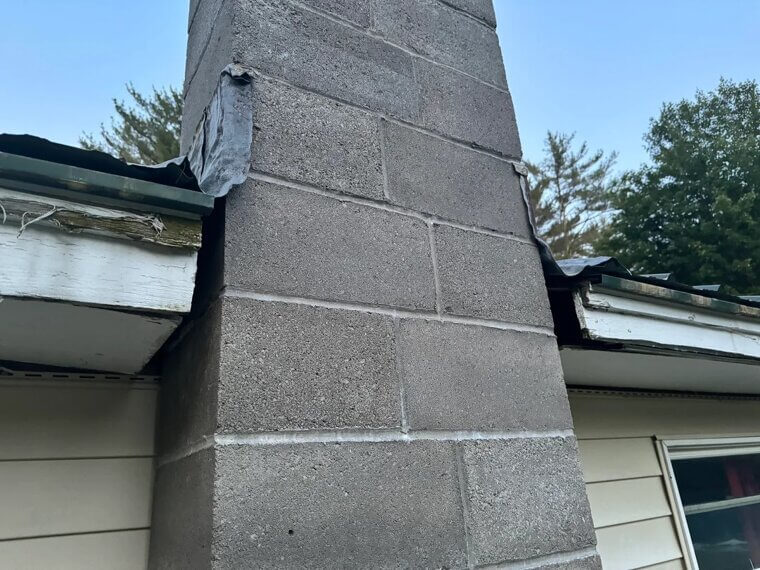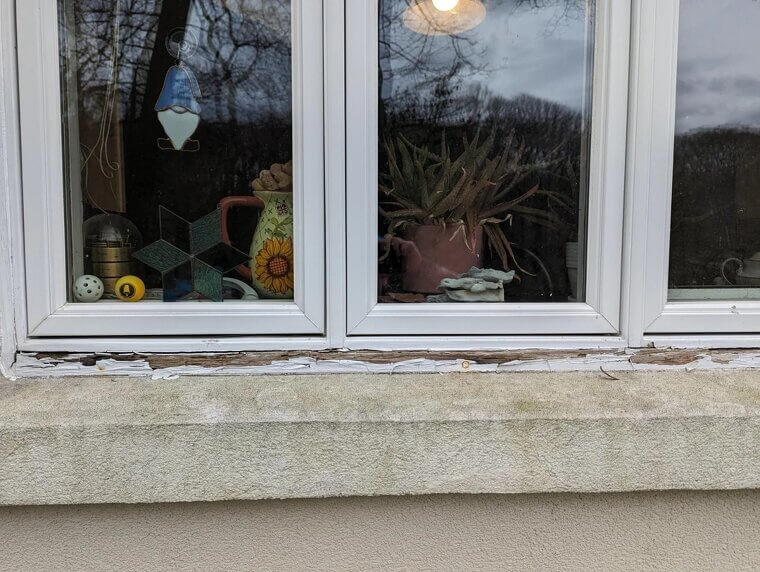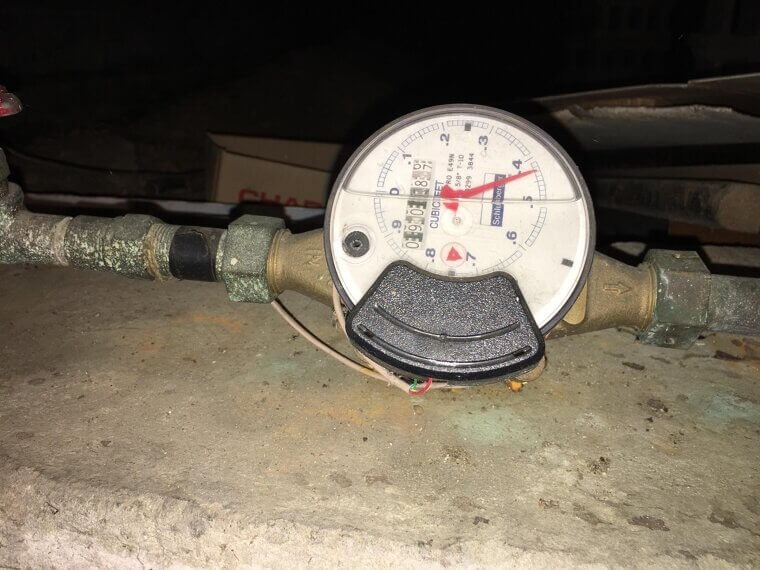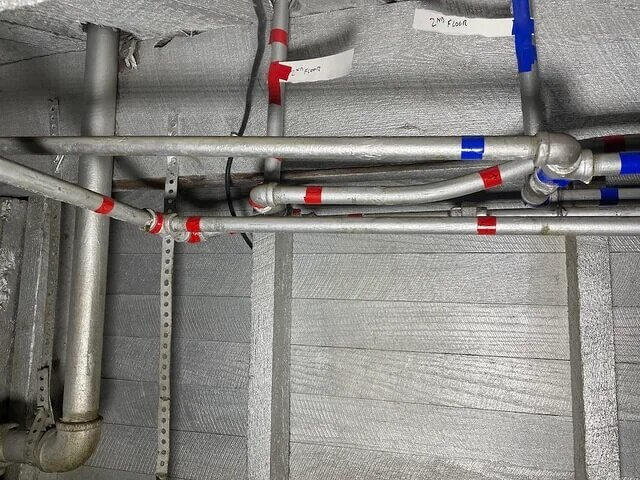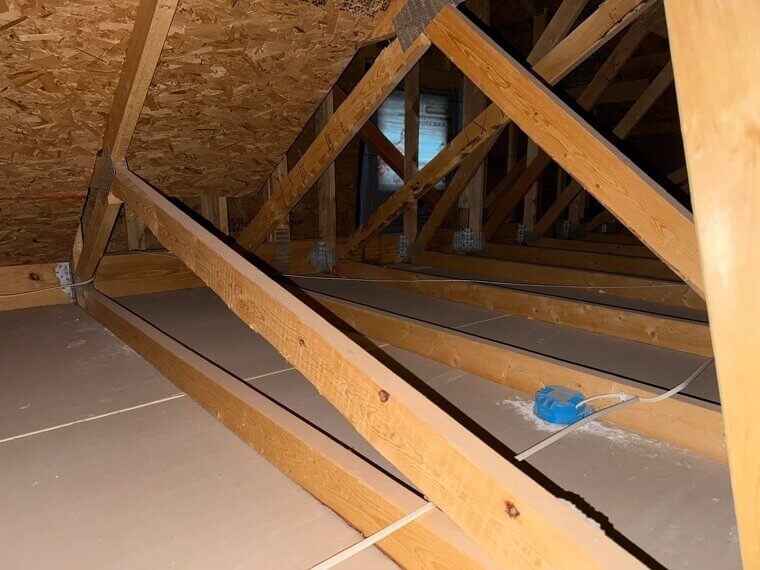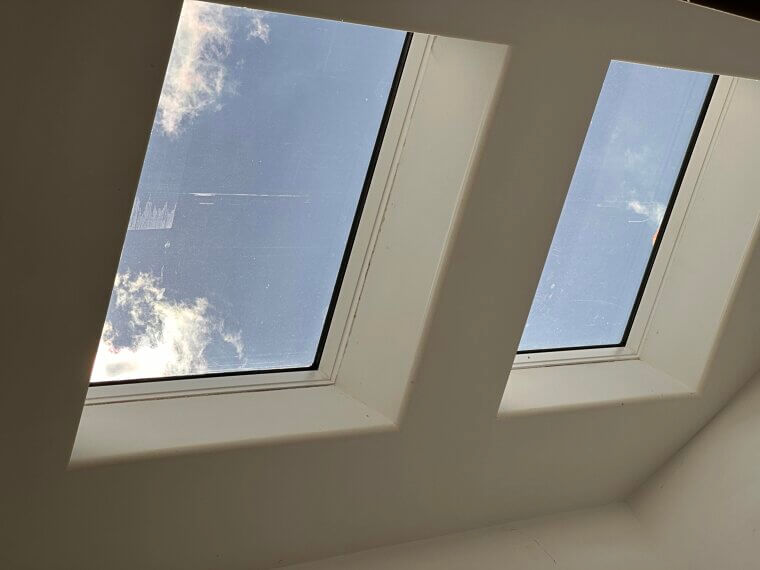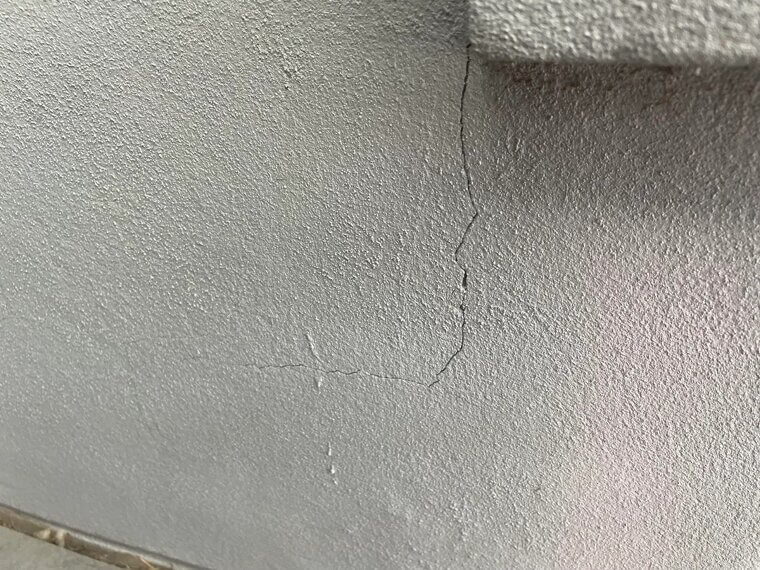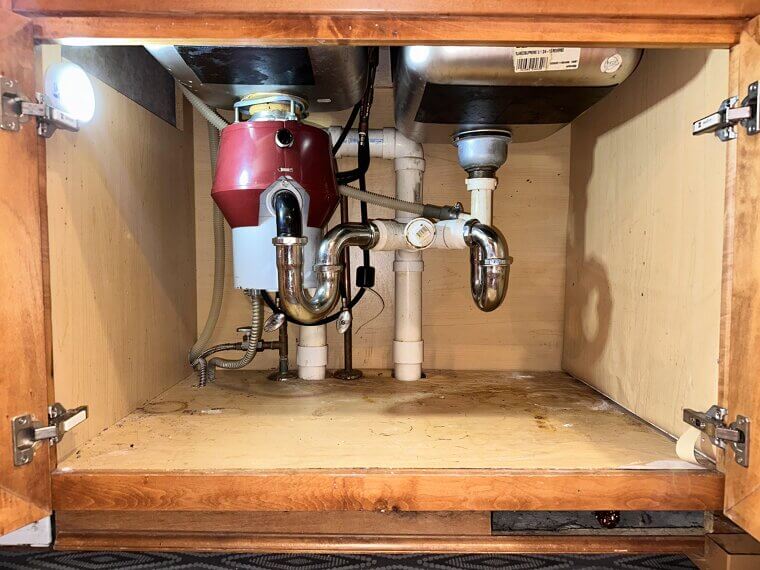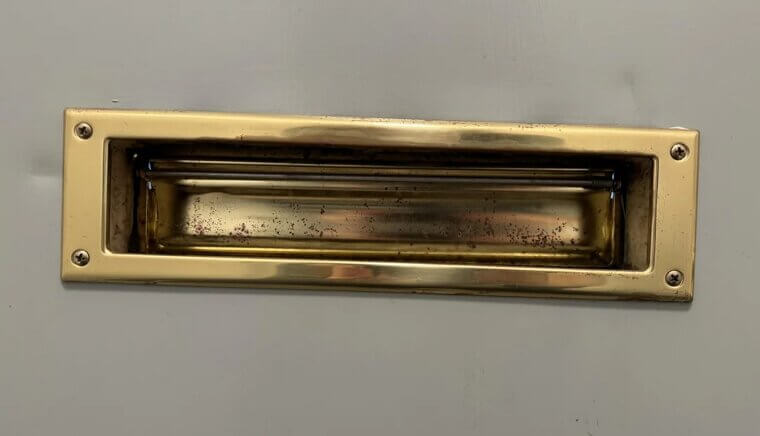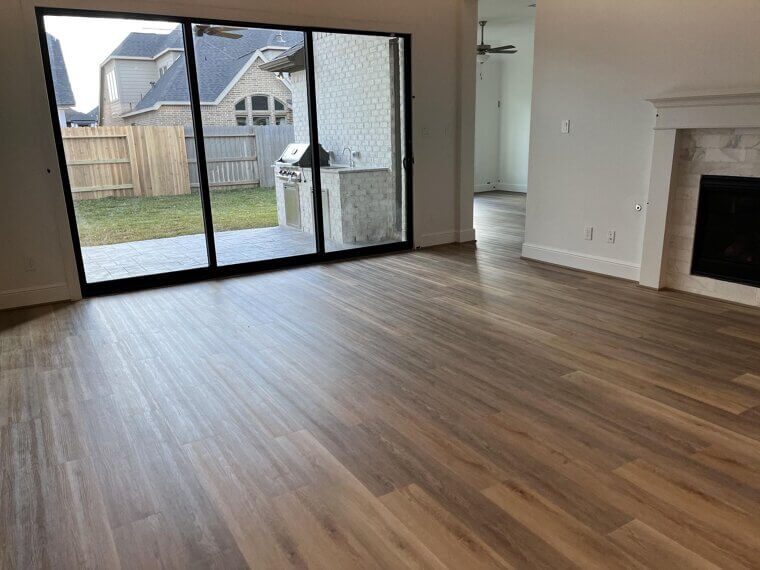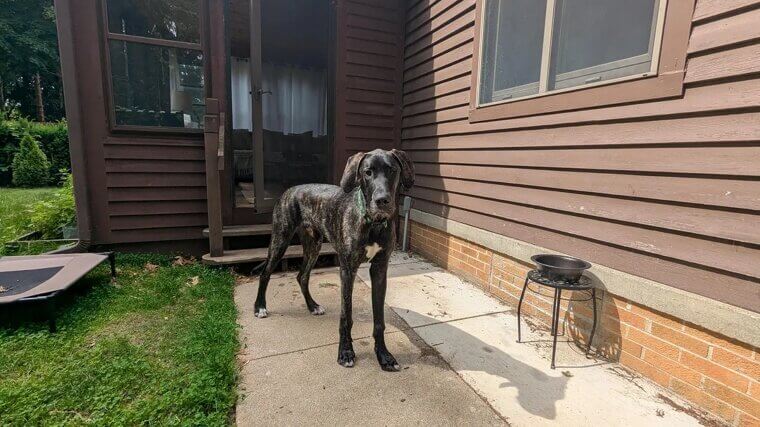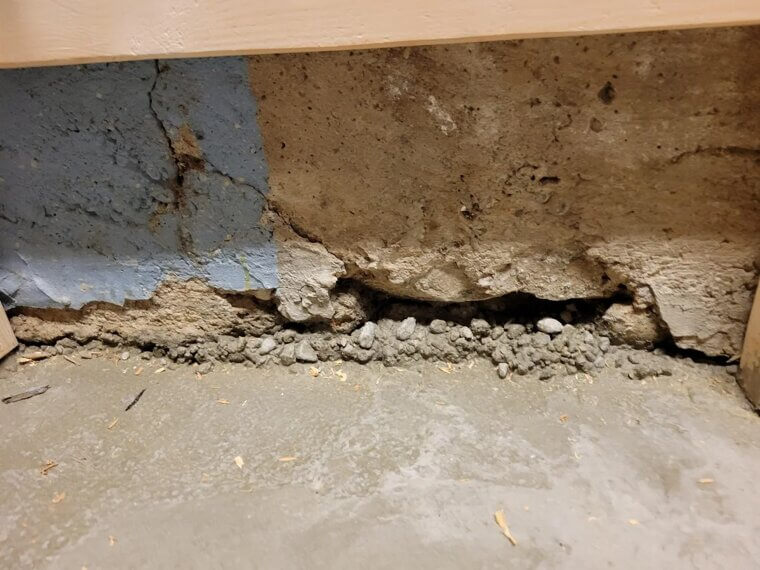Look at Your Electrical Outlets
You may think that your electrical outlets are just for charging your phone, but they can also be tiny wind tunnels bringing cold air in from the wall cavities behind them. Just remove the cover plates and put some cheap foam gaskets on the back.
Check Your Windows
If your curtains are dancing on their own on a still day, then there's likely air leaks around your windows. Simply put your hand around the frame and see if you feel any air movement or see any light sneaking in. Weatherstripping or clear caulk is a quick fix to stop the chill and keep your energy bill from getting out of hand.
Peek Into the Attic Hatch
That innocent-looking attic hatch might be your home's biggest energy thief. When warm air escapes upwards, the attic door just gives it a free pass. A bit of weatherstripping and some insulation board will sort things out, and you'll start to feel like your heater is actually doing its job.
Examine Baseboards
Baseboards often hide sneaky cracks where walls meet floors. These cracks get bigger over time and let in air. To stop the flow of air through the cracks, get a tube of caulk, follow the edges, and seal the gaps. It's a very quick task, and you'll be enjoying nice, warm, and draft-free air soon after.
Check Your Plumbing Pipes
The pipes under your sink may seem like they're just there to carry water, but they can actually let more than that through. Check where they pass through walls or floors, and if there's a gap there, use a bit of spray foam or caulk to sort it out.
Check Fireplace Dampers
Fireplaces are great and all, but if the damper's open, you're basically heating the sky. Close it tight when it's not in use. If it doesn't close tightly, you can add a chimney balloon or a flue seal.
Look Around Recessed Lighting
While those lovely ceiling lights are stylish, they can also be your biggest energy thieves. Warm air loves to escape upwards through the gaps around those fixtures. Check for drafts, then use a caulk product or airtight baffles to seal them.
Examine Your Dryer Vents
Your dryer vents can easily turn into one-way exits for warm air if the flap outside sticks open. Head outside, take a look, and make sure it's sealing properly. Then clean the whole thing out and slap a new vent cover on. That'll stop the energy loss and keep the critters at bay.
Inspect Your Doors for Gaps
Shut your front door securely, then look around the edges for light. If you see it, you've got a draft on your hands. A simple door sweep or some adhesive foam tape will stop the air from escaping.
Scan Window AC Units
That window AC unit you forgot to remove last summer? It's probably letting air seep around it all winter. Either remove it entirely or wrap it with an insulated cover, and you will feel cozier right away.
Check Behind Cabinets
Ever open a kitchen cabinet and feel a chill? That’s not your imagination. Air gets in where the walls weren’t sealed properly during construction. Pull out drawers, look behind, and seal gaps with expanding foam.
Inspect Ceiling Fans
Ceiling fans help to circulate warm air around a room. However, the ceiling fan's canopy can let the warm air escape. Look where the fan meets the ceiling, and tighten or caulk any gaps. This is a small detail that helps keep the warm air where it should be.
Examine Exhaust Fans
Bathroom and kitchen exhaust fans let air back in. Make sure they have backdraft dampers that close properly when the fan’s off. If they don’t, install new dampers. You’ll stop cold air from sneaking in and keep odors and moisture out of your home’s equation.
Look Around Floor Vents
Those metal floor registers leak air, too. Lift them up and check the gaps between the ductwork and flooring. Use HVAC foil tape or caulk to seal them tight. You’ll get more consistent heat and fewer cold spots.
Inspect the Garage Door
Your garage door looks tough, but it’s usually one giant draft magnet. Feel for cold air along the sides and bottom. Replace worn weatherstripping or install a new bottom seal. It’ll keep your garage warmer and those winter morning car starts a little less painful.
Check Around the Water Heater
The area around your water heater is a common hideout for drafts. Look for gaps where pipes exit the wall or ceiling. A quick bead of caulk or a squirt of expanding foam can make a big difference.
Inspect the Basement Rim Joists
Rim joists are where your home’s frame meets the foundation, and they’re draft portals. Feel for cold air or even cobweb movement. Seal the joints with rigid foam insulation and caulk. Your basement will feel less like an icebox and more like part of the house.
Look Behind Bathtubs and Showers
In older homes, builders often forgot to seal behind tubs and showers against exterior walls. This means cold air gets in every winter. If you can, get behind the wall and insulate and seal it. It’s not fun work, but you’ll be warmer.
Examine Attic Ductwork
Leaky ducts can waste up to 30 percent of your heated air. Look for gaps, loose joints, or old duct tape that has turned crusty. Use foil-backed tape or mastic sealant for a permanent repair. This is one of those upgrades that pays you back every month.
Check the Basement Windows
Basement windows are often forgotten, and they can leak air. Run your hand around the frame and feel for drafts. Caulk or some plastic window film should do the trick and keep the chill out of your basement.
Take a Look at That Furnace Flue
That metal flue venting your furnace often has small gaps where it exits the wall or roof. Get some high-heat sealant to close them up, and you'll not only be saving energy but also making your house a safer place.
Check Around Light Switch Plates
Your exterior light switches may be letting in more air than you think. Take off the cover plates, place foam gaskets behind them, and you’re good to go. This is a simple, low-cost, and fast solution that will make a difference, especially if you have multiple exterior switches on the outer walls.
Inspect the Crawl Space
Crawl spaces can be a real draft-fest, so you'll want to check for gaps around vents, access doors, and plumbing. Seal them up with some foam board or caulk, and then add insulation along the floor joists. You’ll feel the difference in every room above it, especially your feet.
Check for Gaps Around Chimneys
The gap between the chimney and the framing is letting in lots of air. And high-temperature caulk or some metal flashing can fix it. Just don't use any kind of foam, because it will melt when it gets hot.
Check Out the Window Frames
Even brand-new windows can let in a draft if the trim isn't sealed up properly. Light a candle and run it around the edges to know where the air is leaking out. Recaulk where needed and touch up the paint, and you'll be all set. It's a quick fix that makes a big difference.
Look Around the Water Meter
The little area where your water meter is located could be allowing in more air than you realize, particularly if you have a basement or crawl space. Check for holes or gaps in the wall where pipes enter and seal with expanding foam or silicone caulk.
Inspect the Floor Where Pipes Enter
Pipes that go through walls or floors often leave some gaps behind. Even small gaps can leak a surprising amount of air. This can be easily fixed with some caulk or spray foam, and it takes only minutes.
Check the Attic Insulation
Your attic may look fluffy and full, but uneven or thin insulation is like an open window for heat. Look for dark spots or low areas and add fresh insulation where needed.
Examine Around Skylights
Skylights bring sunshine but can also bring drafts. Run your hand around the trim and check for cool air. Recaulk or add weatherstripping if needed. Keeping skylights tight not only saves energy but also prevents sneaky leaks from becoming water damage later.
Look for Cracks in Exterior Walls
Exterior cracks around siding, vents, or trim can leak as much air as an open vent. Walk around your home on a windy day and feel for escaping air. A little exterior-grade caulk will seal it up and instantly improve your home’s energy efficiency.
Inspect Under the Sink
Under-sink cabinets often have unsealed holes for plumbing, especially where pipes meet the wall. Feel for a draft, then seal it with foam or caulk. It’s one of those easy wins that make your kitchen or bathroom warmer and cleaner.
Check Around the Mail Slot
If your home still has an old-fashioned mail slot, it may be delivering drafts along with your bills. Add an insulated cover or a spring-loaded flap. It’s a small change that keeps your foyer from feeling like a wind tunnel every time the mail arrives.
Inspect Sliding Glass Doors
Sliding doors look sleek, but their tracks leak a lot of air. Clean the track, tighten the rollers, and add a fresh weatherstrip. For extra credit, hang thick curtains to trap heat. You’ll notice the difference every time you walk by without shivering.
Look at Pet Doors
Your furry friend’s doorway may be an open invitation for cold air. Check the flap for wear and tear and replace it if it doesn’t close tightly. A magnetic or insulated pet door will keep your pet happy and your living room from becoming a wind tunnel.
Seal Around the Foundation
Walk around the perimeter of your home and inspect where the foundation meets the siding. Small cracks or gaps can suck warm air out of your home. A bead of exterior caulk here works wonders. It’s the unsung hero of energy savings, quietly sealing your comfort inside.

